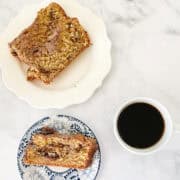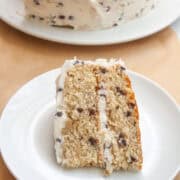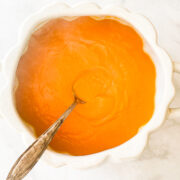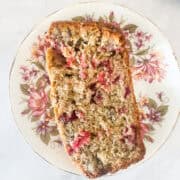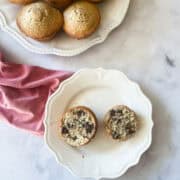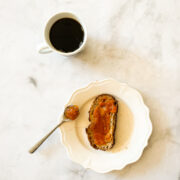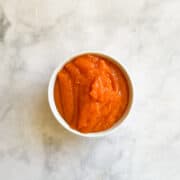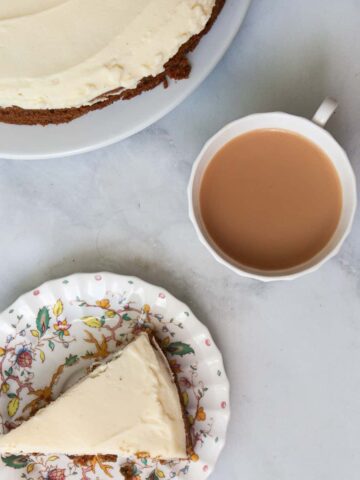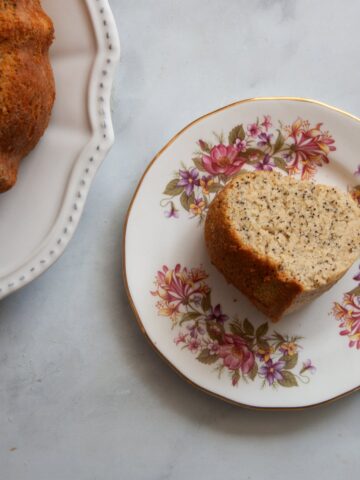I really want us all to succeed in our gluten-free baking endeavors! Thus, why I'm offering some gluten-free baking tips. Read on for more.
My Gluten-Free Baking Tips
As we know, baking gluten-free is not merely taking a straight substitution of one gluten-free flour and replacing the all-purpose flour in a recipe. Sometimes you can do a swap -- looking at you almond and oat flours -- but for lasting success doing so using weight measurements will save you disappointment later. The recipes on my site are written in both cup and weight measurements (grams). My strategy when creating a recipe is to use weight measurements for accuracy, which I then translate into cups for readers' ease. However, for the absolute best practice and better results, it's best to use the weight measurements given.
Read on for some tips on how to bake your best, gluten-free.
Invest in a Digital Kitchen Scale
As mentioned above, this is so important. In particular, if you wish to switch out one gluten-free flours for another, it's best to do so by weight as not all gluten-free flours weigh the same. Similarly, if you wish to make these recipes using all-purpose flour you'll have greater success following the weight measurements.
When Possible, Use Finely Ground Gluten-free Flours
This will eliminate much of the grittiness that can be present in gluten-free bakes. Which leads me to …
Let Batter Rest for at Least 10 Minutes
Gluten-free flours really benefit from being allowed to hydrate. A rest also helps avoid that aforementioned gritty texture in the finished product. With cookies, I like to plan ahead and let my batter rest overnight (or longer) in the fridge. This also helps the flavors to develop.
Cakes truly taste better when they've been hydrated for 10-15 minutes, often the length of time it takes the oven to heat. You can let them sit longer, covered, on the counter if you like before baking. Scone dough may also be kept, tightly covered, overnight in the fridge.
Use Room Temperature Ingredients
This helps the ingredients incorporate better so that they are evenly distributed throughout the batter.
Multiple Ways to Check for Doneness
Traditional cakes are more obviously “done” as you can usually rely on a tester to tell you if the center is fully baked. Gluten-free cakes need a little more than the tester check, including lightly pressing on the surface of the cake. It should be firm and slightly come back when pressed. If it doesn’t, the cake is not done. Another good way to know your cake is fully baked is when you can see the sides of the cake starting to pull away from the edges of the pan. Using the tester is still important, though, so don't skip that step!
Let Cake Rest When Removed From Oven
It’s so hard to wait, but letting the cake rest in the pan for 15-20 minutes and then turning it out onto a rack to cool fullywill allow the starches to fully form the crumb and structure of the cake.


